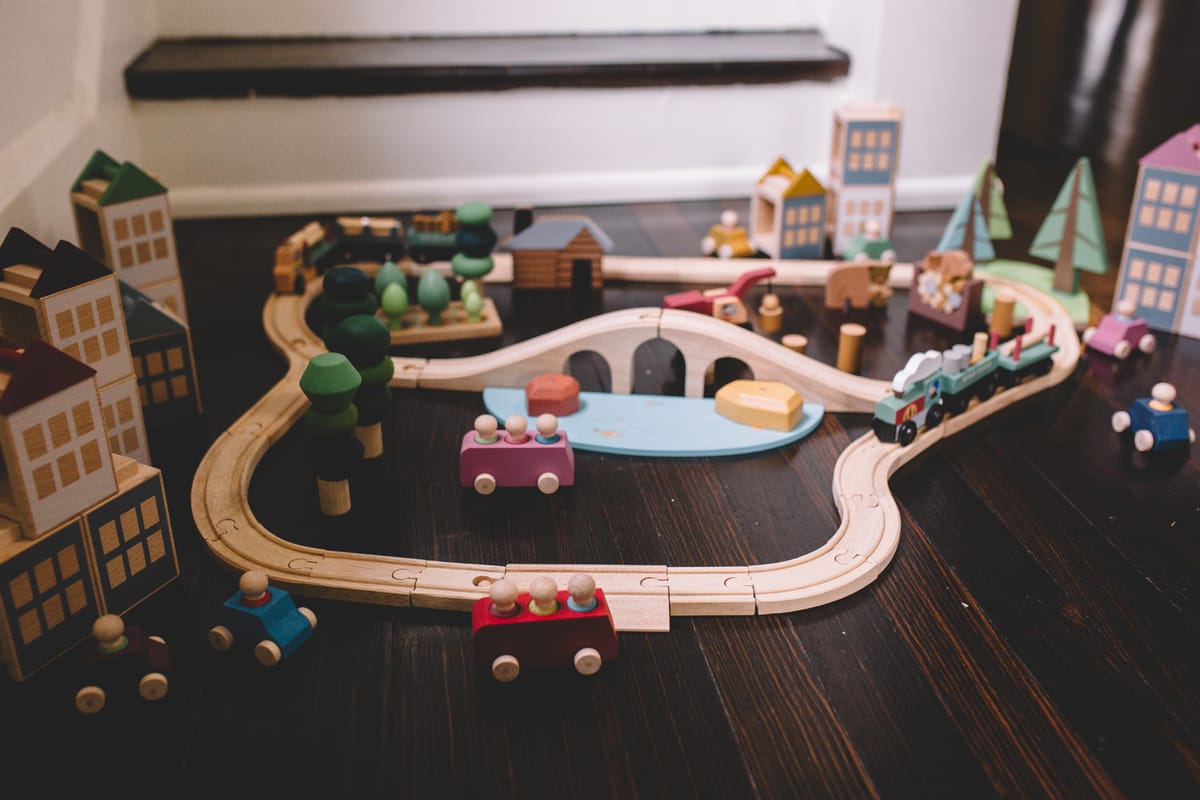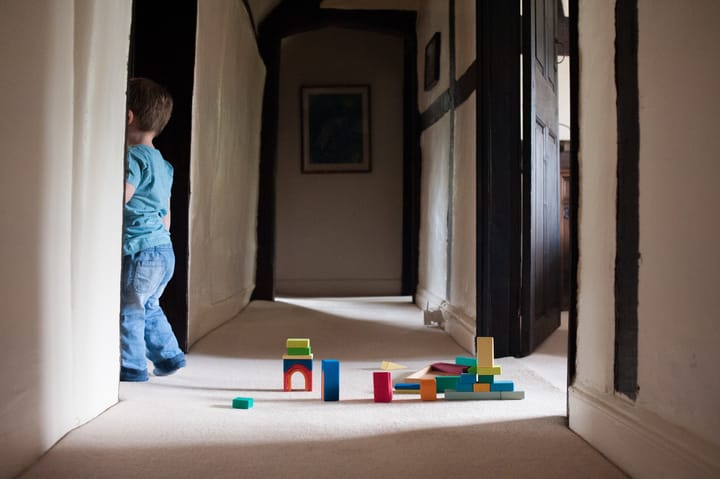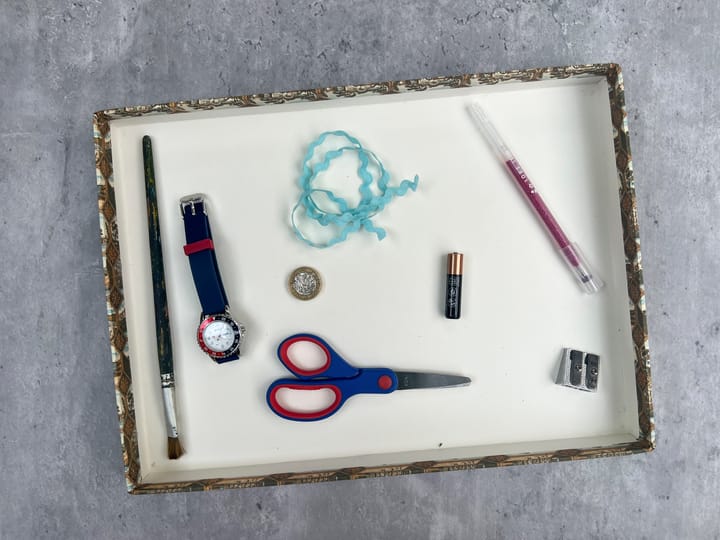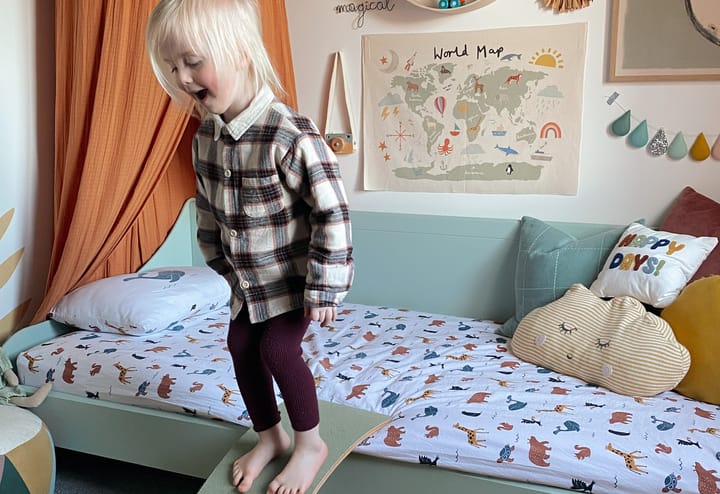Non-directive play

Helping your child feel valued and in control through open-ended play
I'm sitting on the floor.
My son is next to me, deeply engrossed in play.
His wooden railway stretches out across the room, the incomplete track taking a wrong turn, the two ends destined never to be united.
I bite my lip.
Silently, I offer another piece and he continues to build. His furrowed brow tells me sees the problem, too.
Still, I say nothing. Here's a better piece, my outstretched hand seems to say. It curves left, it will complete the loop.
No, the tunnel, he airly responds with a gesture towards the unused sections.
That won't get you back to the start, I think.
But I keep my ideas to myself.
There are times when a gentle nudge, some scaffolding as Bruner would say, would help him to extend his understanding. I could help him update his mental representation of open loops and how to close them.
But today is not that day.
Today I am his companion, his co-conspirator. I am younger child, a subordinate, and my job is to do his bidding.
Non-directive play is a powerful way to build trust and reduce stress by allowing your child to take the lead in play. By following her cues without judgment or interference, you create a safe environment where she feels respected, empowered, and free to express herself. This type of play strengthens your bond and supports her emotional well-being.
Materials needed
- Open-ended toys (e.g., blocks, figures, craft materials, dollhouses, vehicles).
- Sand timer (optional, e.g., 30 minutes).
Instructions
- Prepare the environment. Choose a quiet, distraction-free space. Turn off your phone and other devices to give your child your full attention.
- Let her lead. Offer a selection of open-ended toys and let your child choose what to play with. Sit alongside her and observe without directing or correcting her actions.
- Follow her cues. Engage with her play as invited. For example, if she hands you a block, you can respond, “What should I do with this?” Let her guide the activity.
- Narrate neutrally. If appropriate, describe what she’s doing in a non-intrusive way, e.g., “You’re stacking the blocks so high!” Avoid evaluative comments like “Good job” or “That’s not how you do it.”
- Allow emotional expression. If your child re-enacts recent events, validate her emotions by saying things like, “It looks like your scooter went crash. That must have been scary.”
Tips
- Resist the urge to take over. Let her make mistakes or discoveries on her own.
- Stay present and responsive. Let her direct the pace and content of play.
- Use a sand timer. Set a clear boundary for playtime. Let her know you’re dedicating this time exclusively to her.
Expected outcome
- Trust and autonomy. Your child feels valued and respected, knowing her choices matter.
- Stress reduction. Non-directive play provides a safe outlet for emotions and creativity.
- Confidence building. By solving problems and making decisions independently, she develops self-reliance.
Why this works
Non-directive play supports secure attachment by showing your child that you are present, attentive, and accepting of her as she is. By giving her control during play, you foster a sense of agency and build her confidence to explore her world independently. This approach also creates a safe space for emotional processing, which strengthens your bond and helps her return to independent play more confidently.
Final word
Non-directive play transforms everyday moments into opportunities for connection and growth. By following your child’s lead, you help her feel seen, understood, and capable. Try incorporating this tool into your routine and watch her flourish. Let me know how it works for you in the comments below.
Read the rest of the attachment play tools:



Comments ()